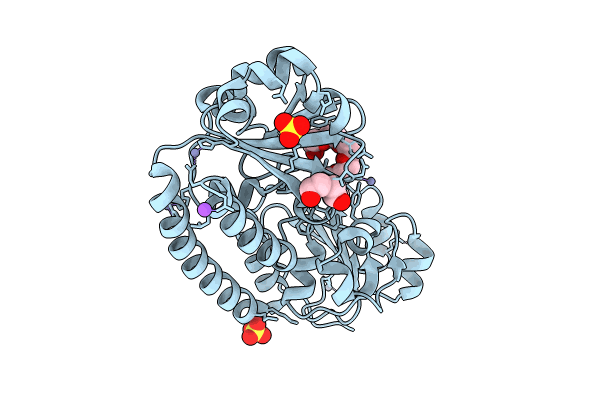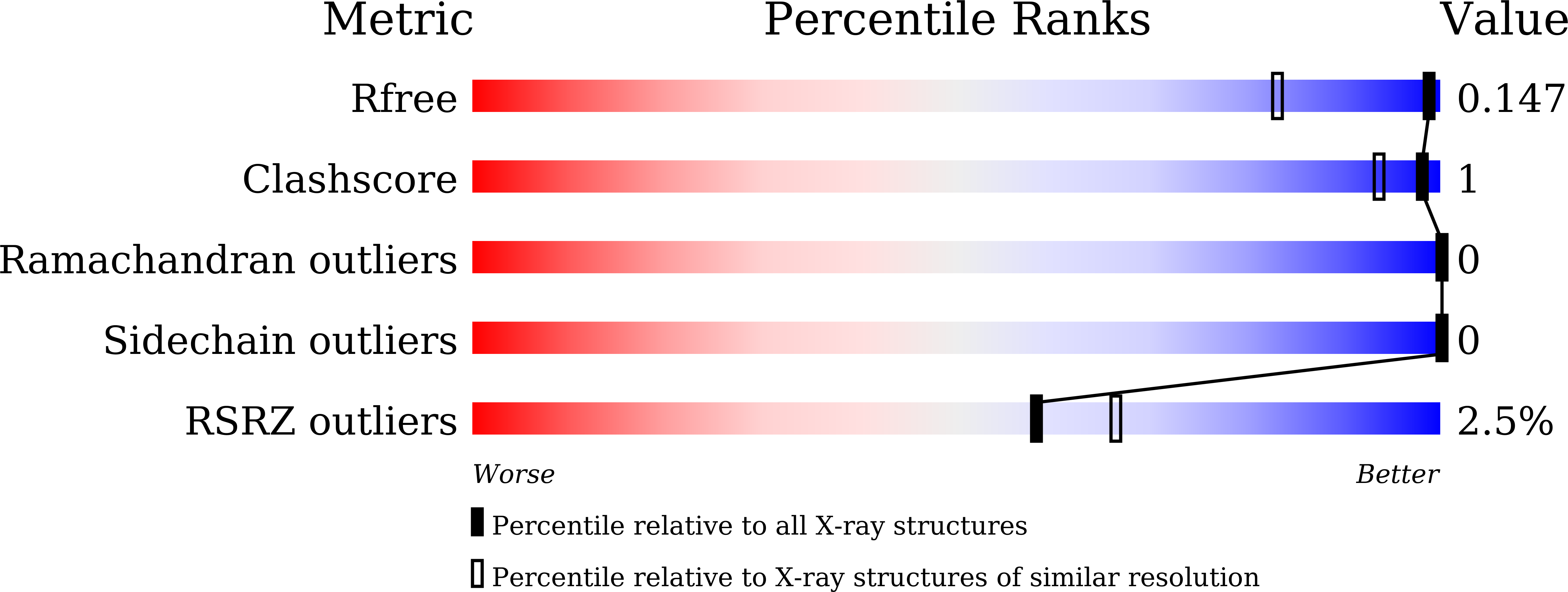
Deposition Date
2023-12-13
Release Date
2024-10-09
Last Version Date
2024-12-18
Entry Detail
PDB ID:
8XF9
Keywords:
Title:
High-resolution structure of the siderophore periplasmic binding protein FtsB mutant Y137A from Streptococcus pyogenes
Biological Source:
Source Organism:
Streptococcus pyogenes SSI-1 (Taxon ID: 193567)
Host Organism:
Method Details:
Experimental Method:
Resolution:
1.15 Å
R-Value Free:
0.14
R-Value Work:
0.13
Space Group:
P 65


